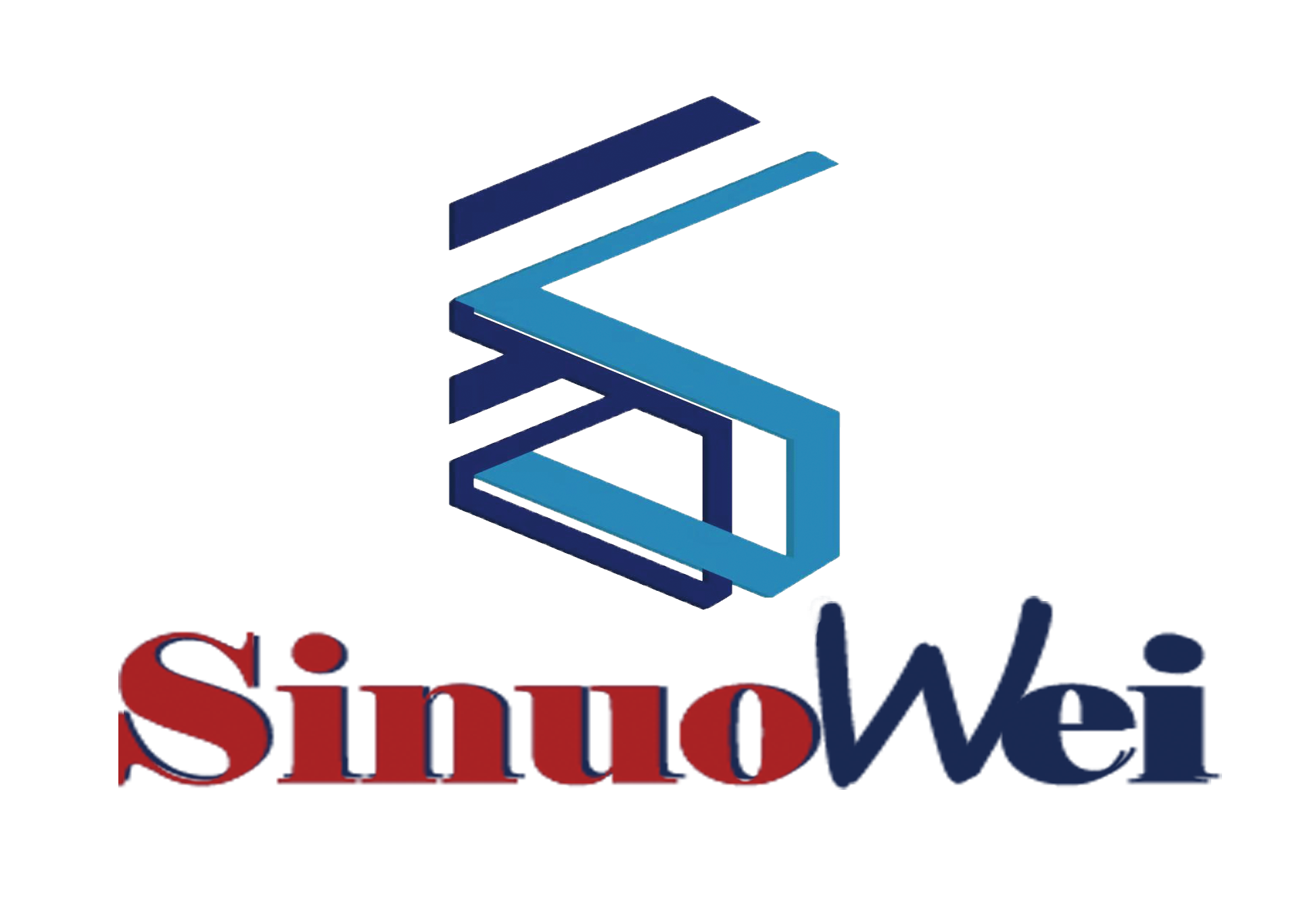
- +86 18120750932
- colin@xmsinuowei.com
- www.xmsinuowei.com

Laser cutting is a technology that uses alaser to vaporize materials, resulting in a cut edge. While typically used for industrial manufacturing applications, it is now used by schools, small businesses, architecture, and hobbyists. Laser cutting works by directing the output of a high-power laser most commonly through optics. The laser optics and CNC(computer numerical control) are used to direct the laser beam to the material. A commercial laser for cutting materials uses a motion control system to follow a CNC orG-codeof the pattern to be cut onto the material. The focused laser beam is directed at the material, which then either melts, burns, vaporizes away, or is blown away by a jet of gas,leaving an edge with a high-quality surface finish。
There are three main types of lasers used in laser cutting. TheCO2laseris suited for cutting, boring, and engraving. Th eneodymium(Nd) and neodymiumyttrium-aluminium-garnet(Nd:YAG) lasers are identical in style and differ only in the application. Nd is used for boring and where high energy but low repetition are required. The Nd:YAG laser is used where very high power is needed and for boring and engraving. Both CO2 and Nd/Nd:YAG lasers can be used forwelding.
CO2 lasers are commonly "pumped" by passing a current through the gas mix (DC-excited) or using radio frequency energy (RF-excited). The RF methodis newer and has become more popular. Since DC designs require electrodes inside the cavity, they can encounter electrode erosion and plating of electrode material on glassware and optics. Since RF resonators have external electrodes they are not prone to those problems. CO2 lasers are used for the industrial cutting of many materials including titanium, stainless steel, mild steel, aluminium, plastic, wood, engineered wood, wax, fabrics, and paper. YAG lasers are primarily used for cutting and scribing metals and ceramics.
In addition to the power source, the type of gas flow can affect performance as well. Common variants of CO2 lasers include fast axial flow, slow axial flow, transverse flow, and slab. In a fast axial flow resonator, the mixture of carbon dioxide, helium, and nitrogen is circulated at high velocity by a turbine or blower. Transverse flow lasers circulate the gas mix at a lower velocity, requiring a simpler blower. Slab or diffusion-cooled resonators have a static gas field that requires no pressurization or glassware, leading to savings on replacement turbines and glassware.
The laser generator and external optics (including the focus lens) require cooling. Depending on system size and configuration, waste heat may be transferred by a coolant or directly to air. Water is a commonly used coolant, usually circulated through a chiller or heat transfer system.
A laser microjet is a water-jet-guided laser in which a pulsed laser beam is coupled into a low-pressure water jet. This is used to perform laser cutting functions while using the water jet to guide the laser beam, much like an optical fiber, through total internal reflection. The advantages of this are that the water also removes debris and cools the material. Additional advantages over traditional "dry" laser cutting are high dicing speeds, parallelkerf, and omnidirectional cutting.
Fiber lasers are a type of solid-state laser that is rapidly growing within the metal cutting industry. Unlike CO2, Fiber technology utilizes a solid gain medium, as opposed to a gas or liquid. The “seed laser” produces the laser beam and is then amplified within a glass fiber. With a wavelength of only 1064 nanometers fiber lasers produce an extremely small spot size (up to 100 times smaller compared to the CO2) making it ideal for cutting reflective metal material. This is one of the main advantages of Fiber compared to CO2.
Source: wikipedia

Service online